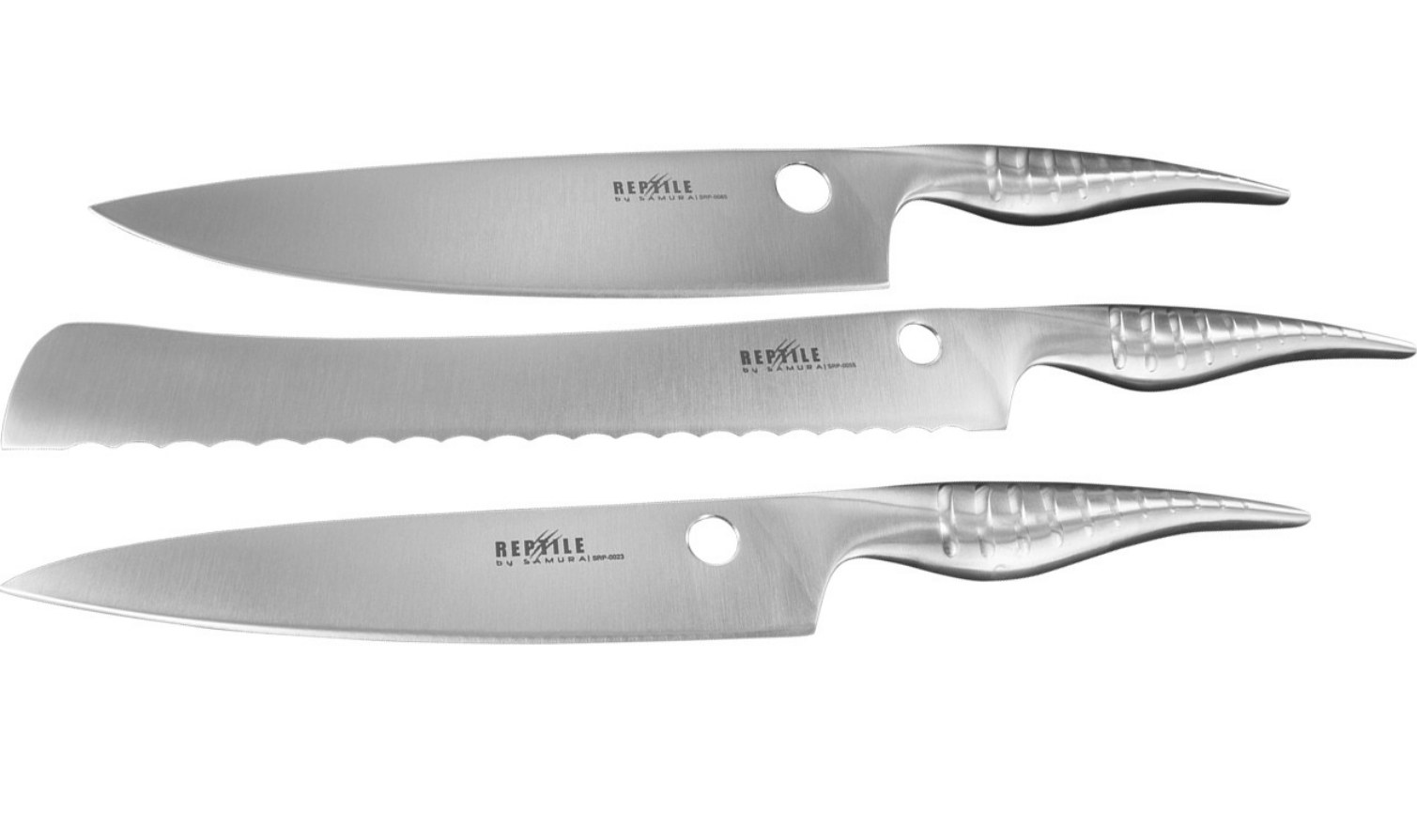Posted by Kotura on 8th Oct 2024
How To Cut Bread The Right Way
Cutting bread might seem straightforward, but doing it correctly can significantly enhance your culinary experience. Whether slicing a crusty sourdough or a soft sandwich loaf, the correct technique and tools can make all the difference.
This article will explore cutting bread correctly, focusing on the importance of a quality bread knife and effective cutting techniques.
The importance of a good bread knife
A good bread knife is an essential tool for any kitchen. Unlike standard kitchen knives, bread knives feature serrated edges designed to slice through bread’s tough crust without crushing the soft interior. This design helps maintain the loaf’s texture and makes for cleaner, more appealing slices.
When choosing a bread knife, consider the following:
- Blade length
- Comfort: Ensure the handle feels comfortable, allowing for a firm grip.
- Quality: Investing in a well-made bread knife can provide years of reliable service and enhance your bread-cutting experience.
Preparing your bread for cutting
Before you start slicing, it’s essential to prepare your bread correctly. If you’ve just baked your loaf, allow it to cool completely. Cutting into warm bread can lead to squished slices, resulting in a less-than-perfect presentation. You can usually slice store-bought loaves straight out of the packaging.
Set your bread on a stable cutting board, preferably wood or plastic. This provides a sturdy surface and protects your knife’s blade.
The cutting technique
- Position the loaf: Place the loaf on the cutting board with the crust facing upwards. This position helps to stabilise the loaf as you slice.
- Start with the end slice: Begin by cutting off the heel of the loaf. This creates a flat surface that prevents the loaf from rolling during cutting. Plus, the heel is often perfect for toasting or making breadcrumbs.
- Use a gentle sawing motion: Hold the bread knife firmly, positioning the blade at a slight angle. Instead of pressing down hard, use a gentle sawing motion. Let the serrated edge do the work - this technique keeps the bread intact and results in cleaner slices.
- Aim for uniformity: For uniform slices, aim for a thickness of around 1 to 2 centimetres. This is particularly important if you’re making sandwiches, as evenly sliced bread stacks better and creates a more visually appealing presentation.
- Soft bread slicing: Be gentle when slicing softer breads, such as brioche or sandwich loaves. Pressing too hard can squash the bread. If your soft loaf is giving you trouble, try chilling it slightly in the fridge to firm it up before cutting.
- Storing slices: After cutting, store your bread slices properly to maintain freshness. Use a bread bag or an airtight container to keep them from going stale. If you have more slices than you can eat within a few days, consider freezing them. This way, you can enjoy fresh bread later.
A quality bread knife is an invaluable kitchen asset, ensuring that each slice is perfect. Whether preparing a delightful sandwich or enjoying a slice with butter, well-cut bread adds a touch of finesse to your meals.



